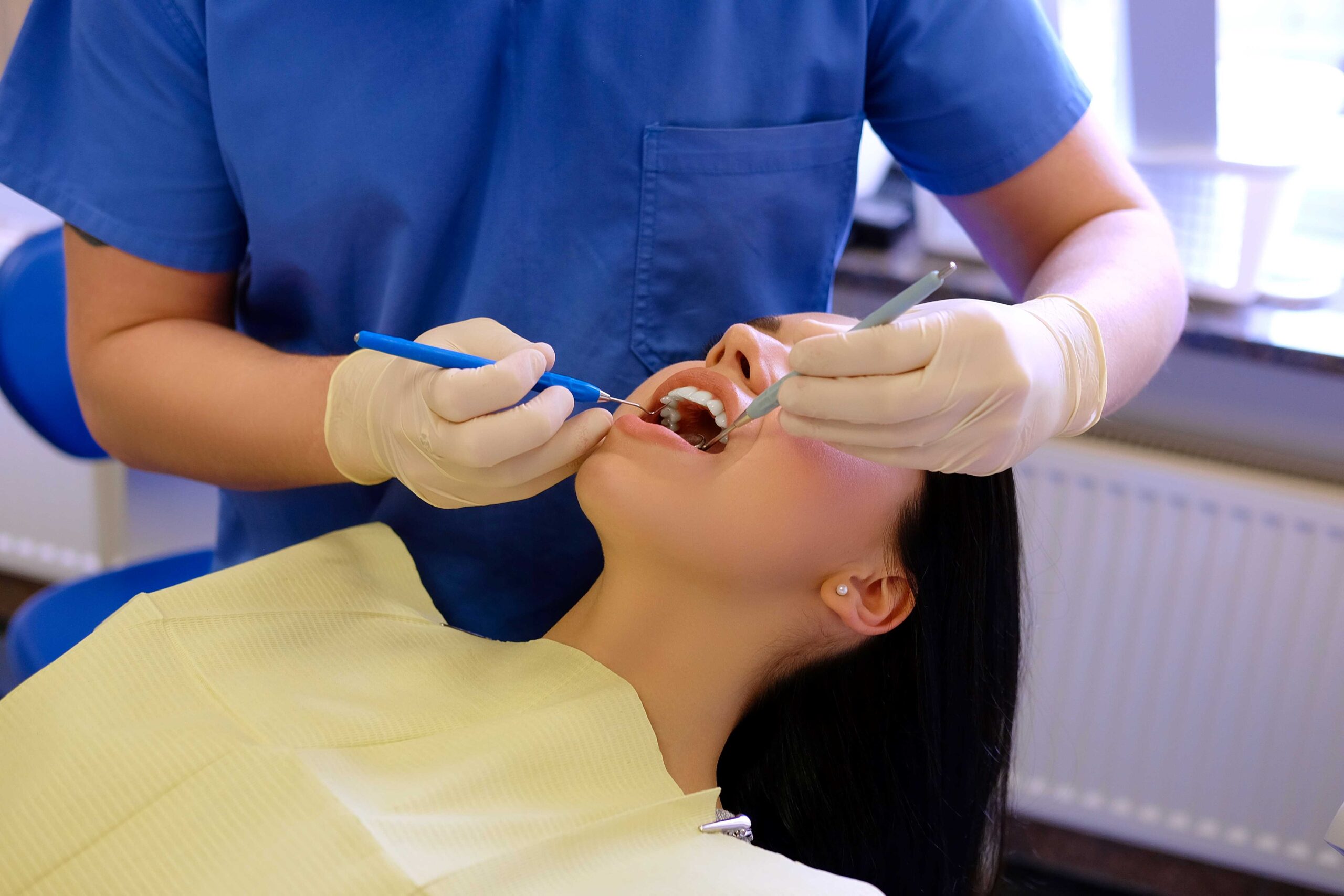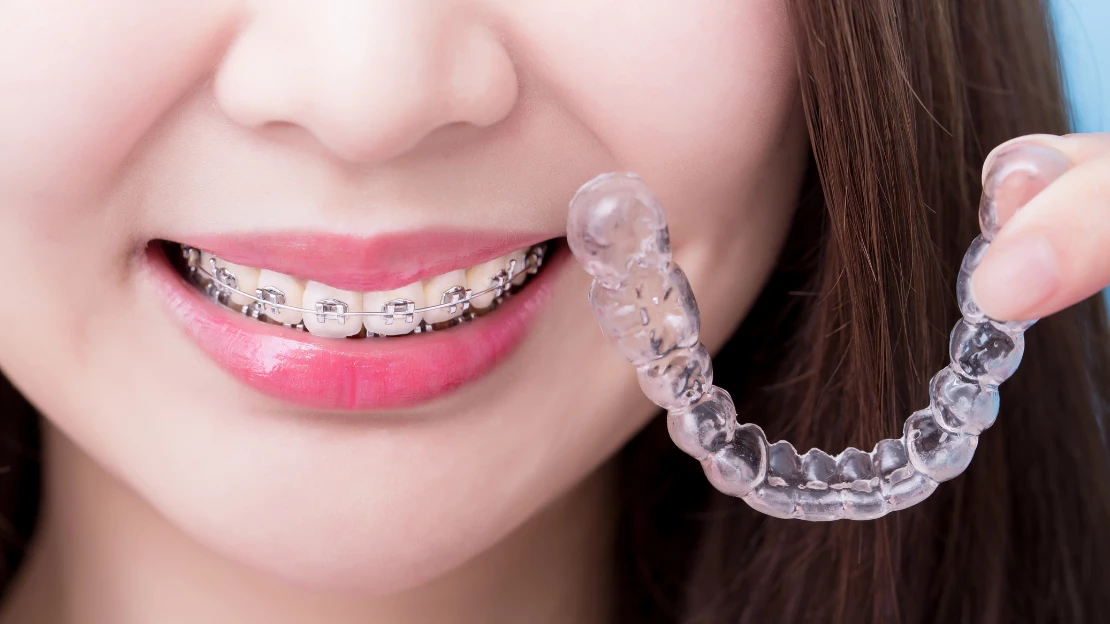The 3-Minute Rule for Legacy Orthodontics
Table of ContentsExcitement About Legacy OrthodonticsThe Greatest Guide To Legacy OrthodonticsSome Ideas on Legacy Orthodontics You Need To KnowThe Ultimate Guide To Legacy OrthodonticsThe Main Principles Of Legacy Orthodontics
In enhancement, we offer adjustable treatment timetables, adaptable settlement choices and an enjoyable, delightful experience.An orthodontist is a dental expert trained to diagnose, stop, and treat teeth and jaw irregularities. Orthodontists function with individuals of all ages, from children to grownups.
Malocclusion, or misaligned teeth, can result in dental problems, consisting of dental cavity, gum tissue disease, and tough or agonizing eating. However not everybody is birthed with straight teeth. If you have a negative bite or large areas in between your teeth, you may desire to consult a dental practitioner concentrating on orthodontic care.
The Greatest Guide To Legacy Orthodontics
( Image Credit History: DigitalVision/Getty Images) Orthodontists utilize dealt with and removable dental tools, like dental braces, retainers, and bands, to transform the position of teeth in your mouth. Orthodontic treatment is for dental abnormalities, consisting of: Misaligned teethBite issues, like an overbite or an underbiteCrowded teeth or teeth that are also far apartJaw misalignmentThe objective of orthodontic therapy is to boost your bite.
A healthy and balanced bite guarantees you can consume, eat, and speak effectively. While you could consider orthodontists as mainly for children or teenagers who require dental braces, they can deal with dental problems at any age. Orthodontists participate in university, oral college, and orthodontic institution. After graduation, they spend 2 or 3 years in an orthodontic residency program.
All orthodontists are dental practitioners, yet not all dentists are orthodontists. Orthodontic residency programs use intensive, focused guideline for dental specialists. They concentrate on two locations: Just how to effectively and securely relocate teeth How to properly direct growth in the teeth, jaw, and faceOnce an orthodontist has actually completed training, they have the option to become board licensed.
4 Simple Techniques For Legacy Orthodontics
Imbalance, or malocclusion, is the most typical factor people see an orthodontist. It is hereditary and is the result of size differences in between the top and reduced jaw or in between the jaw and teeth. Malocclusion brings about tooth congestion, an askew jaw, or uneven bite patterns. Malocclusion is generally treated with: Your orthodontist attaches steel, ceramic, or plastic square bonds to your teeth.
If you have just small malocclusion, you might have the ability to use clear dental braces, called aligners, rather than traditional dental braces (https://legacyortho3.wordpress.com/2024/09/30/your-smile-deserves-the-best-leesburg-orthodontist-services/). Some people require a headwear to assist move teeth into line with stress from outside the mouth. After dental braces or aligners, you'll need to use a retainer. A retainer is a custom tool that maintains your teeth in location.
They're frequently used on kids. They can create additional room in the mouth without having to pull teeth. If you have a significant underbite or overbite, you may require orthognathic surgery (likewise called orthodontic surgical treatment) to lengthen or reduce your jaw. Orthodontists utilize cables, surgical screws, or plates to support your jaw bone.
You might require to see an orthodontist if you have: Crowding or not adequate space for all of your teethOverbite, when your top teeth come by your bottom teethUnderbite, when your bottom teeth are also much forwardSpacing or concerns with gapsCrossbite, which is when your upper teeth fit behind your bottom teeth when your mouth is closedOpen bite or a vertical gap between your front base and top teethMisplaced midline, when the center of your bottom and upper teeth don't line up Dealing with a dental malocclusion can: Make attacking, chewing, and talking easierImprove the symmetry of our face and your overall appearanceEase discomfort from temporomandibular joint disordersDifferent your teeth and make them simpler to clean, helping avoid tooth decay or dental caries It's typically a dentist who first notices misaligned teeth during a regular examination.
Excitement About Legacy Orthodontics

Throughout your very first orthodontic consultation, you'll likely have: A dental examPhotos taken of your face and smileDental X-raysPanoramic (360 degree) X-rays of your face and headImpressions to produce molds of your teethThese tests will assist your orthodontist recognize just how to continue with your treatment. leesburg orthodontist. An orthodontist is a dental expert that's had training to treat your teeth and jaw
Orthodontists may perform surgery, exams,X-rays,and even more to assist you acquire an extra comfortable, much healthier smile. An orthodontist is focused on your bite, so something like a cracked tooth would be taken care of by a dentist. Orthodontists are dental professionals but not all dentists are orthodontists. Orthodontists are concentrated on your bite, or the means your teeth meshed, and the straightness of your teeth.
Ever wondered exactly how celebrities always appear to have flawlessly straightened teeth? Orthodontists are dental professionals that concentrate on fixing irregularities in the teeth and jaws.
Legacy Orthodontics for Dummies

While dental braces are the most generally acknowledged orthodontic treatment, orthodontists have a varied toolkit at their disposal. The specific method selected relies on the seriousness of the instance, the person's age, and private preferences. These tried-and-true dental braces use a system of braces adhered to the teeth and attached by cords.
These detachable trays are tailor-made to considerably move the teeth's placement. In situations of her comment is here narrow jaws, palatal expanders can be used to create space for appropriate tooth placement.